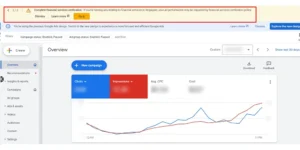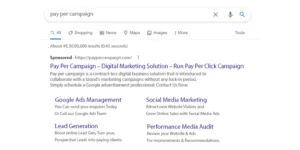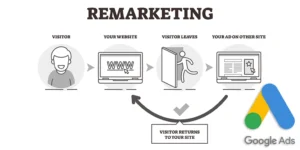Introduction
In the ever-evolving landscape of online advertising, staying ahead of the curve is crucial for advertisers seeking optimal results. Google Ad Manager has emerged as a powerhouse tool, offering advertisers advanced functionalities to manage and optimize ad inventory effectively. This comprehensive guide will delve into the key features of Google Ad Manager and provide insights into how advertisers can leverage its capabilities for enhanced campaign performance in 2024.
Understanding Google Ad Manager
Google Ad Manager is a sophisticated ad platform that facilitates the effective management of ad inventory, providing advertisers with tools to optimize the delivery of their ads across various channels. It combines two previous platforms, DoubleClick for Publishers (DFP) and DoubleClick Ad Exchange, offering a unified solution for streamlining ad operations.
Key Functionalities
- Unified Ad Inventory Management: Google Ad Manager allows advertisers to consolidate their ad inventory, streamlining the process of managing and delivering ads across websites, mobile apps, and other digital platforms. This unified approach simplifies the complexity of ad operations, enabling advertisers to reach their target audience seamlessly.
- Advanced Targeting Capabilities: Advertisers can use Google Ad Manager’s robust targeting options, including demographic, geographic, and contextual targeting. These features empower advertisers to deliver personalized and relevant ads to specific audience segments, enhancing overall campaign effectiveness.
- Dynamic Ad Delivery: With dynamic ad delivery, advertisers can optimize the delivery of their ads in real time based on user behavior, context, and other relevant factors. This feature ensures that ads are displayed at the most opportune moments, increasing the likelihood of engagement and conversions.
- Programmatic Advertising Integration: Google Ad Manager seamlessly integrates programmatic advertising, allowing advertisers to automate the buying and selling of ad inventory through real-time bidding. This automation enhances efficiency and precision in ad placements, maximizing the impact of each campaign.
- Ad Performance Analytics: Advertisers can access comprehensive analytics and reporting tools within Google Ad Manager. This enables them to measure the performance of their campaigns, identify key insights, and make data-driven decisions for ongoing optimization.
Optimizing Ad Inventory with Google Ad Manager
- Customized Ad Units: Advertisers can create customized ad units tailored to the specific requirements of their campaigns. This flexibility ensures that ads are seamlessly integrated into the user experience, enhancing engagement and overall effectiveness.
- Flexible Ad Scheduling: Google Ad Manager allows advertisers to schedule ad delivery based on specific times, dates, or user behavior patterns. Advertisers can strategically plan and optimize their campaigns to align with their target audience’s online habits.
- Ad Quality Controls: Maintaining the quality of ad inventory is paramount. Google Ad Manager offers tools for ad quality controls, allowing advertisers to filter out undesirable content and ensure their brand is associated with high-quality, brand-safe environments.
Conclusion
As online advertising continues to evolve, Google Ad Manager is a pivotal tool for advertisers seeking to manage and optimize their ad inventory effectively. By leveraging its advanced functionalities, advertisers can streamline operations, enhance targeting precision, and achieve better campaign results. In 2024, embracing Google Ad Manager is not just a choice; it’s a strategic imperative for advertisers aiming to thrive in the dynamic digital advertising landscape.
To know more about Google Ads, Please visit https://paypercampaign.com/google-ads/





